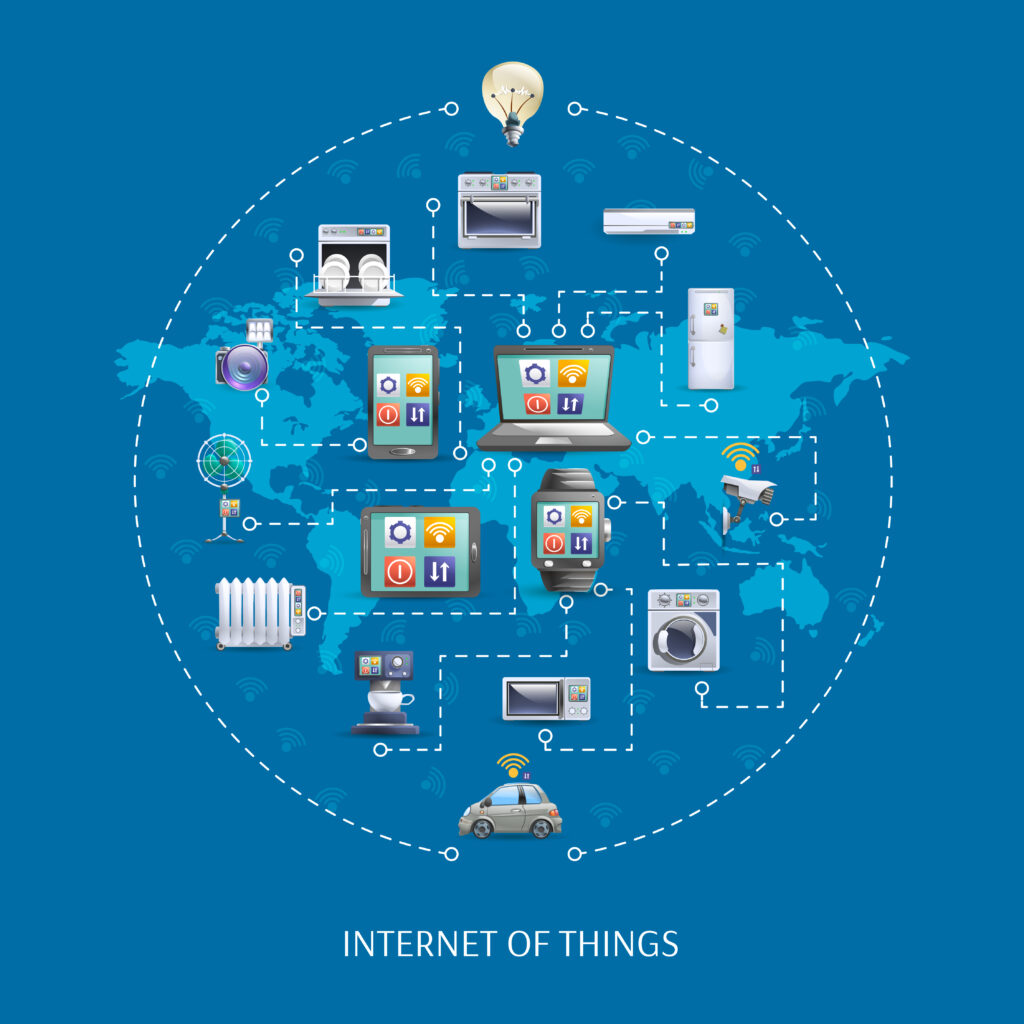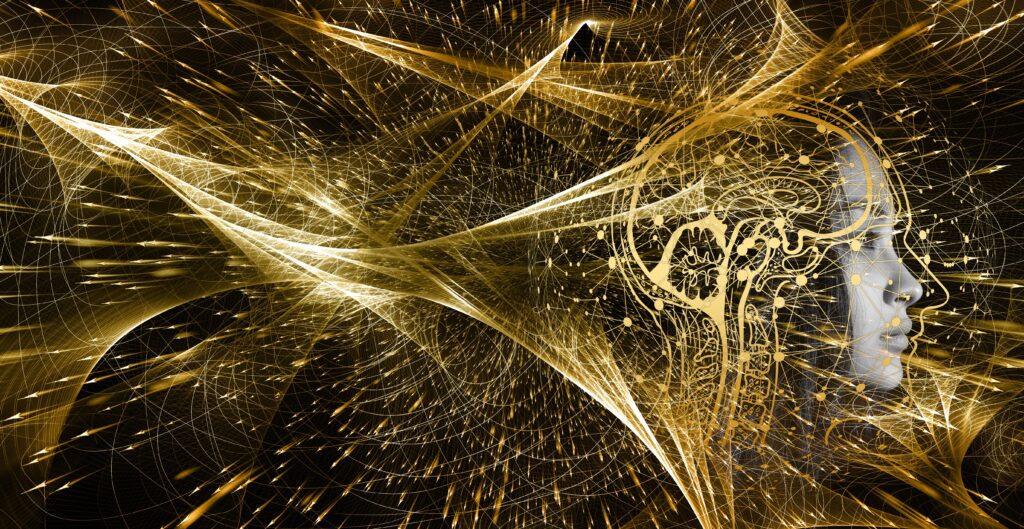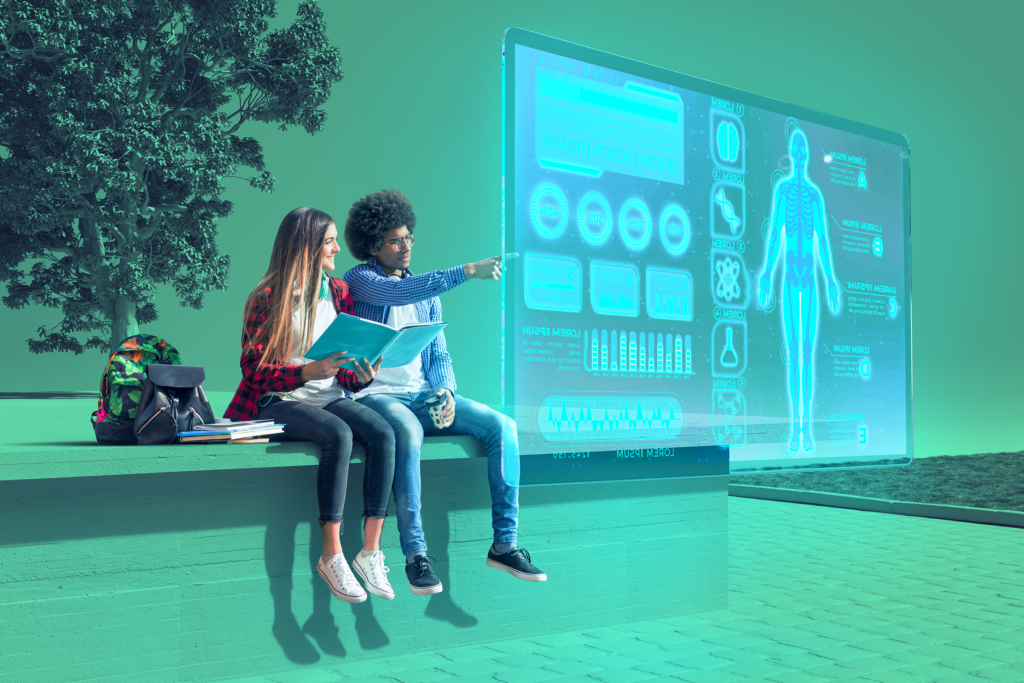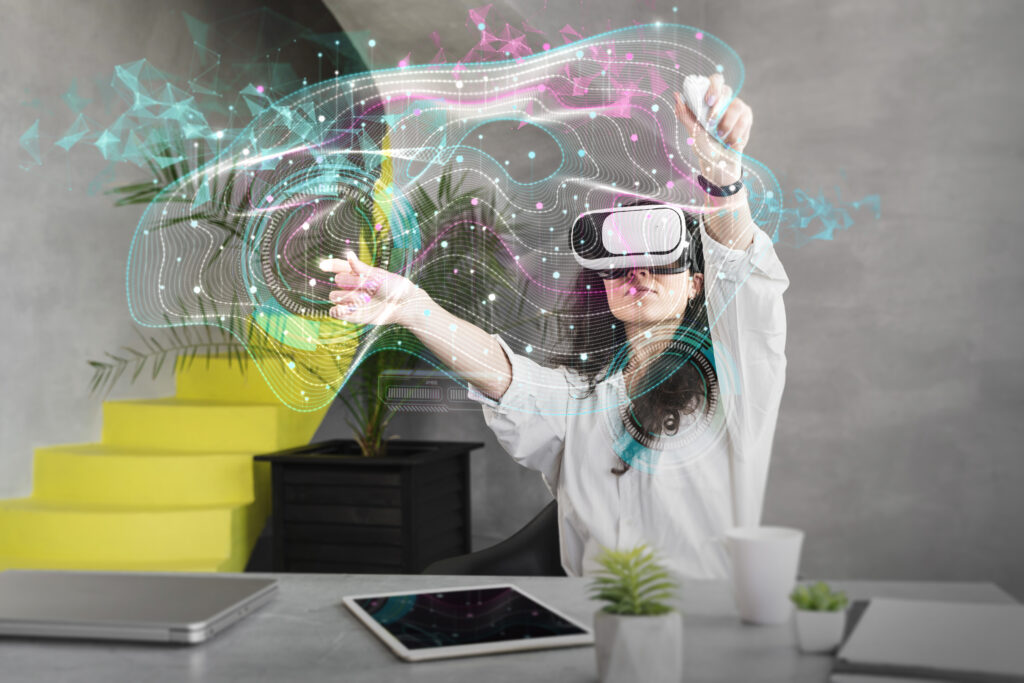The term Internet of Things (IoT) has been causing a stir in the technological community for a while now. The way we live, work, and engage with the world around us is changing as a result of a paradigm change, not merely a technical revolution. In this post, we’ll examine the IoT’s complexities, examine some of its many applications, and talk about some of its ramifications.

Table of Contents
Getting to Know IoT: A Quick Overview (Internet of Things)
IoT is fundamentally the internet-connected interconnection of common objects and gadgets. These gadgets, which frequently include sensors, gather and communicate data to improve the convenience, productivity, and efficiency of our daily life. IoT is all around us, subtly boosting our daily lives with everything from wearable fitness trackers to smart thermostats that change your home’s temperature based on your preferences.

The Development of IoT: From Idea to Reality
Early in the 1980s, researchers at Carnegie Mellon University connected a Coca-Cola vending machine to the internet, enabling them to monitor the machine’s condition and determine if it was filled with cold drinks. This was the beginning of the Internet of Things (IoT). IoT, however, didn’t begin to take off in a big way until the 2000s.
The expansion of internet connectivity, the downsizing of sensors, and improvements in data analytics have all played a significant role in the development of IoT. IoT has diversified into several fields in recent years, and its potential is seemingly limitless.
Key IoT Components
To understand IoT better, let’s break it down into its essential components:
Devices and Sensors: IoT relies on a wide range of devices, from smartphones and smart home appliances to industrial sensors and autonomous vehicles. These devices collect data and transmit it over the internet.
Connectivity: Robust and reliable internet connectivity is crucial for IoT to function. This can include Wi-Fi, cellular networks, Bluetooth, and even satellite connections.
Data Processing and Analytics: The sheer volume of data generated by IoT devices is staggering. Data processing and analytics platforms are essential for making sense of this data and extracting meaningful insights.
User Interfaces: For end-users to interact with IoT devices and systems, intuitive user interfaces are essential. These interfaces can be in the form of mobile apps, web portals, or voice assistants.
IoT Use Cases: Redefining Industries

Almost every industry has been impacted by IoT, which has resulted in dramatic changes:
Smart houses: The Internet of Things has completely changed how we control our houses. Homes can be remotely controlled with smart appliances, lighting, security, and thermostats to increase security and energy efficiency.
Healthcare: Wearable gadgets that track activity levels and vital signs include fitness trackers and smartwatches. IoT is also utilized to enhance healthcare services and monitor patients remotely.
Manufacturing: In the industrial sector, IoT-enabled sensors and machines provide real-time data on equipment health, enabling predictive maintenance and streamlining production procedures.
Agriculture: IoT is used in precision agriculture to monitor soil conditions, crop health, and weather patterns, assisting farmers in making data-driven decisions to maximise yields and conserve resources.
Transportation: Vehicle-to-vehicle (V2V) and vehicle-to-infrastructure (V2I) communication for safer and more effective traffic management is made possible by the Internet of Things (IoT), which is a key component of smart transportation systems.
Smart Cities: To enhance urban living, entire cities are implementing IoT technology. These consist of traffic management, garbage management, and smart streetlights.
Retail: IoT-driven data analytics are utilized to optimize inventory management, personalize customer experiences, and boost supply chain effectiveness.
Problems and worries
IoT has enormous promise, however there are also problems and issues that need to be resolved:
Security: Given the vast volume of data being collected, it is crucial to ensure the security and privacy of IoT devices and networks.
Interoperability: As the IoT ecosystem expands, it becomes more difficult to ensure that devices from various manufacturers can connect with one another without interruption.
Data Privacy: IoT devices gather a ton of personal information. These data need to be protected, and users need to provide their permission for their data to be collected and used.
Scalability: Managing the complexity and scalability of IoT systems as they expand can be challenging.
Power Usage: Many IoT devices run on batteries. A technical problem is extending battery life while retaining functionality.
The IoT’s Future

IoT’s future is surely bright. We can anticipate the following developments as technology develops:
5G connectivity will enable new IoT applications, particularly in fields like driverless vehicles and remote surgery, by delivering quicker, more dependable connections.
Edge Computing: Edge computing, or the processing of data closer to the source, will decrease latency and improve real-time decision-making in IoT systems.
Integration of AI and Machine Learning: IoT systems will incorporate AI and machine learning algorithms, allowing devices to evaluate and react to data more intelligently.
Blockchain for Security: The use of blockchain technology to improve the security and dependability of IoT data and transactions is being investigated.
Environmental Sustainability: IoT will be crucial in observing and reducing environmental problems like pollution and climate change.
In conclusion, the Internet of Things is a dynamic force that is changing the face of the planet. Its applications are numerous and significant, ranging from smart homes and healthcare to transportation and agriculture. One thing is certain: we are living through the beginning of a technology revolution that will continue to change our future in unforeseen ways as we negotiate the difficulties and utilize the promise of IoT. The secret to harnessing the advantages of IoT while minimizing its threats is to embrace it ethically and creatively.
![]()




